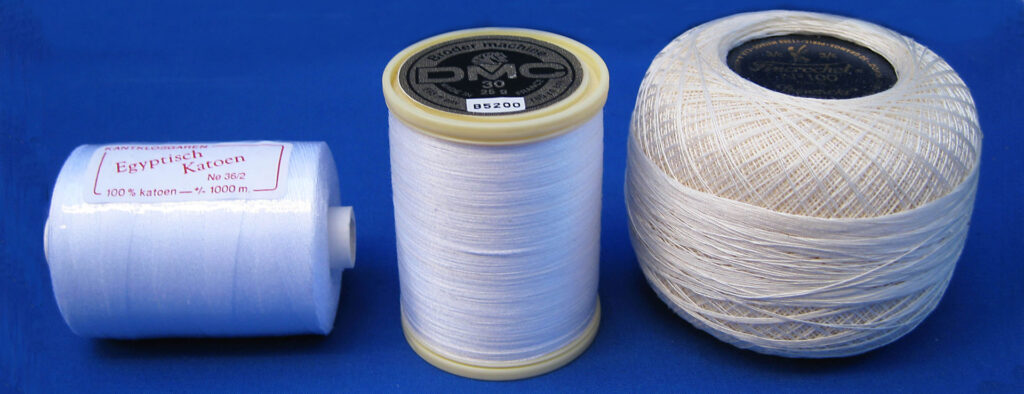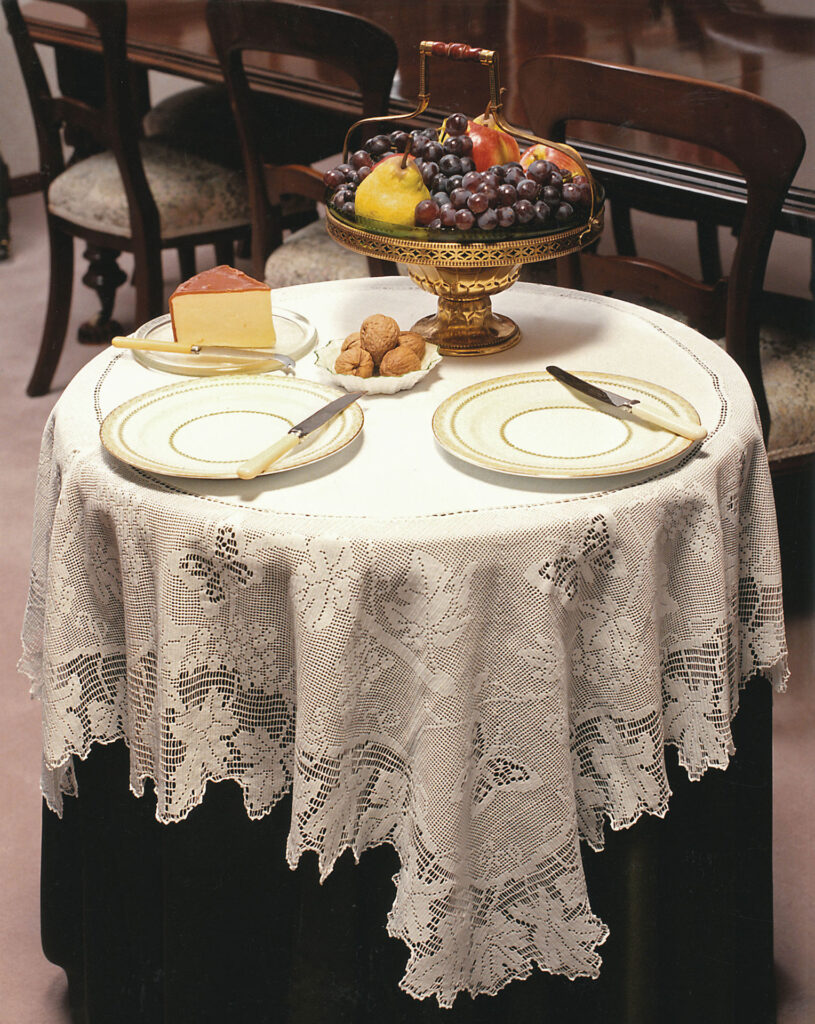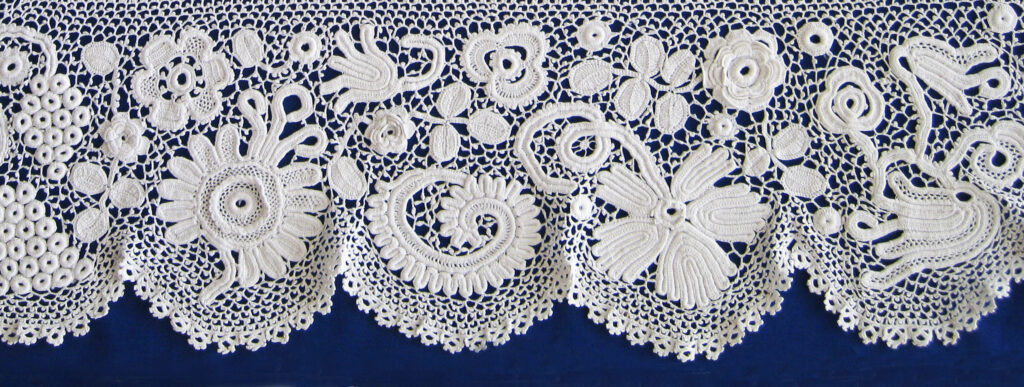I have extensively researched and written about crochet lace, one of the many forms of needlework which formed an important part of women’s lives years ago.
I have also studied the structure of thread used in lace.
Barbara Ballantyne
Mary Card’s Crochet Lace
I became interested in the crochet lace of Mary Card, an Australian who lived in the early to mid-1900s, after finding that I had inherited two tablecloths my mother had worked in Mary’s designs.
These cloths were an important part of the popular social occasion of ‘afternoon tea’ where women entertained friends in style at home.
In addition to being a talented, versatile and prolific designer, Mary was an excellent teacher, raising the standard of crochet lace with better techniques and pattern presentation. She still has a following today.
My books on her life, designs and techniques for sale on this webpage include about 70 of her more than 400 designs. One book has been written jointly with Bruce Welch, whose expertise in book production and cultural heritage preservation has made this project possible.
Bruce and I have collaborated to digitise as much of her work as possible. Our Digital Collection includes her ten books, many of the large charts and some of articles in American magazines. This Digital Collection may be downloaded without charge from this website and has no copyright restrictions. A series of spreadsheets describing her designs may also be downloaded to assist you to find particular patterns.
Irish Crochet Lace
Irish crochet, one of the most beautiful crochet laces, gave Mary the start of her new career after deafness forced her to sell her school in Melbourne in the early 1900s. Her experience with many of the heirlooms she repaired formed the basis of her articles and book on Irish crochet lace. They give details of some laces rarely if ever seen in other publications.
These four books come from extensive literature research as well as to visits to lace historians, libraries, archives, and the lace in museums and private collections in the USA, England, Ireland and France. One unexpected discovery was that large amounts of delightful lace in the Irish crochet style were produced in Austria and France early in the 1900s. These well-illustrated books have copious endnotes and literature references.
Structure Of Threads For Lace
My small book The Structure of Threads for Lace illustrates the changes in the thread which may occur during the process of making bobbin and crochet laces and shows the results of working crochet lace with threads of similar size but different structures. It also provides details of many lacemaking threads sold in 2010.


